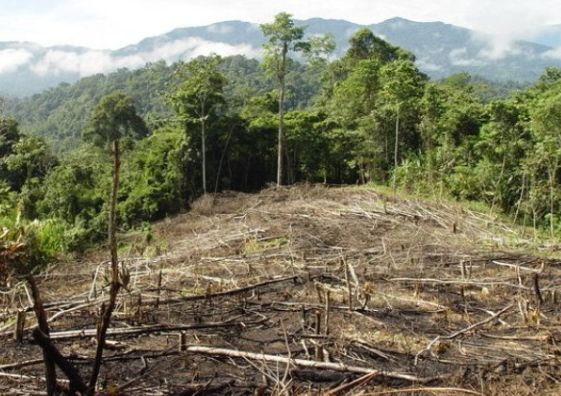The number of countries providing information and data to the UN Climate Change secretariat on forest-related mitigation actions continues to rise. This increases transparency on global efforts to curb rising greenhouse gas emissions.

In addition, systems for measuring, reporting and verifying forest-related emissions by developing country Parties to the UN Climate Change process have improved, thus enabling financing entities such as the Green Climate Fund (GCF) to provide payments for results.
Reducing emissions from deforestation and forest degradation in developing countries (REDD+) is crucial in tackling the climate crisis. First discussed at UN Climate Change negotiations 15 years ago, the framework has evolved to become a vital pillar for achieving the goals of the Paris Agreement.
The UN Intergovernmental Panel on Climate Change (IPCC) identifies REDD+ as the activity with the largest potential for reducing emissions from the agriculture, forestry and other land uses (AFOLU) sector. To effectively implement REDD+, however, requires not only funding, but clear metrics for measuring, reporting and verifying (MRV) the effectiveness of measures taken.
The Warsaw Framework for REDD+ adopted at COP19 in Warsaw in 2013, provides clarity on REDD+ implementation, including on results-based payments.
In 2017, the GCF launched a REDD+ results-based payments pilot scheme with an initial funding of $500 million. Since then, countries have been able to receive payments for results achieved following the MRV processes coordinated by the UN Climate Change secretariat on the basis of the Warsaw Framework.
One of the elements to be developed by developing country Parties implementing REDD+ activities is a national forest reference emission level and/or forest reference level. Reference levels are expressed as tonnes of CO2 equivalent per year for a reference period against which the emissions and removals from a results period will be compared.
Countries are also requested to provide UN Climate Change with information on how all the REDD+ safeguards are being addressed and respected. This information is made publicly available on the REDD+ Web Platform with the aim of increasing transparency of information on REDD+ results-based actions.
Since the first submission in 2014, a total of 50 developing countries have submitted a REDD+ forest reference emission level and/or forest reference level for technical assessment to UN Climate Change. Eleven countries have submitted a technical annex with REDD+ results; 16 countries have submitted a summary of information on how safeguards are being addressed and respected; and 14 countries have submitted a national strategy or action plan. Seven countries are listed in the REDD+ Web Platform, having all elements in place to be eligible to seek and obtain results-based finance for REDD+.
Results-based payments now being made
Many developing countries have significantly increased their national capacity to monitor and report on forest-related emissions, leading to the first results-based payments being made.
So far, four countries have been granted REDD+ results-based payments from the GCF – equal to $229 million – for emissions reductions of approximately 45 Mt CO2eq. They are: Brazil ($96.5 million); Ecuador ($18.6 million); Chile ($63.6 million); and Paraguay ($50 million.) More payments are in the pipeline.
